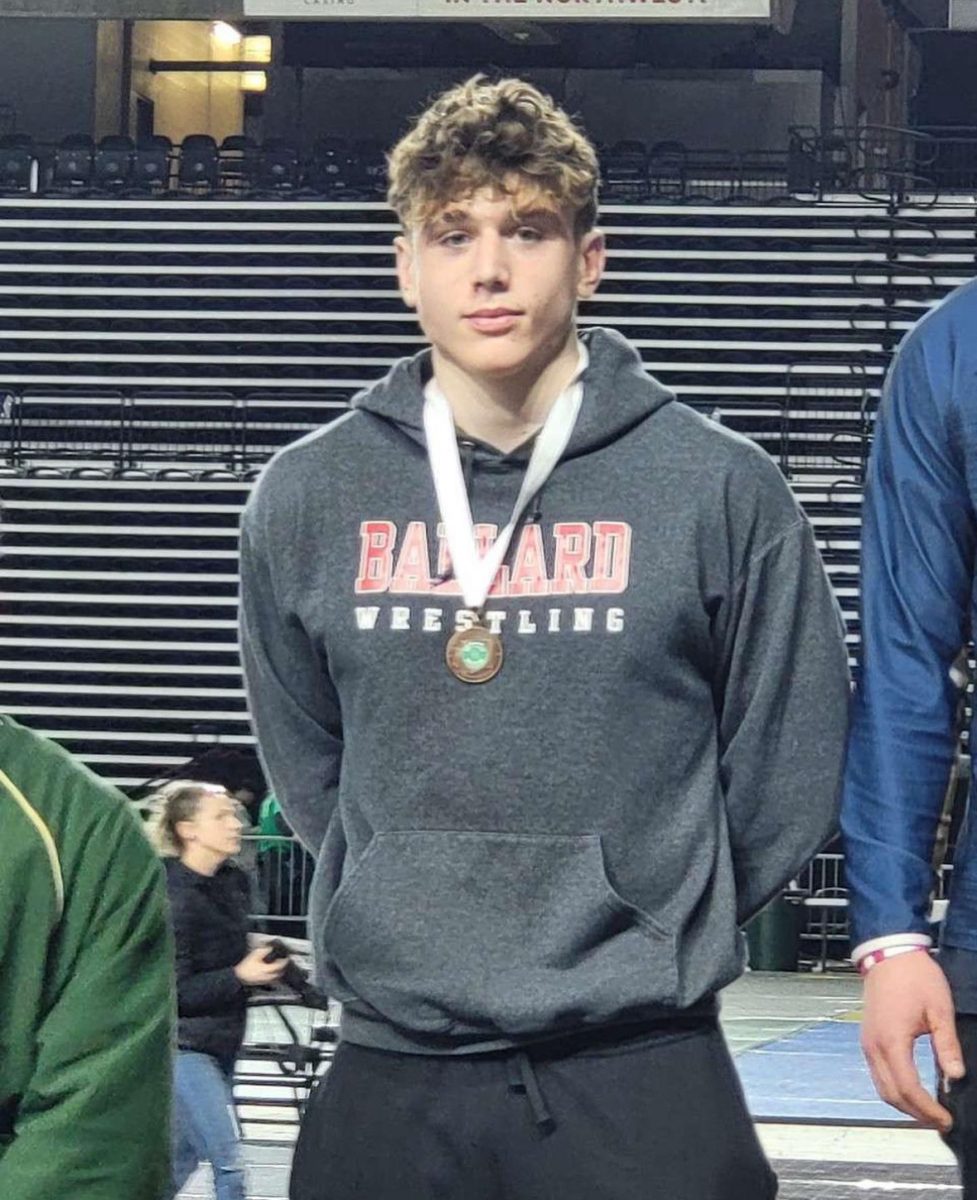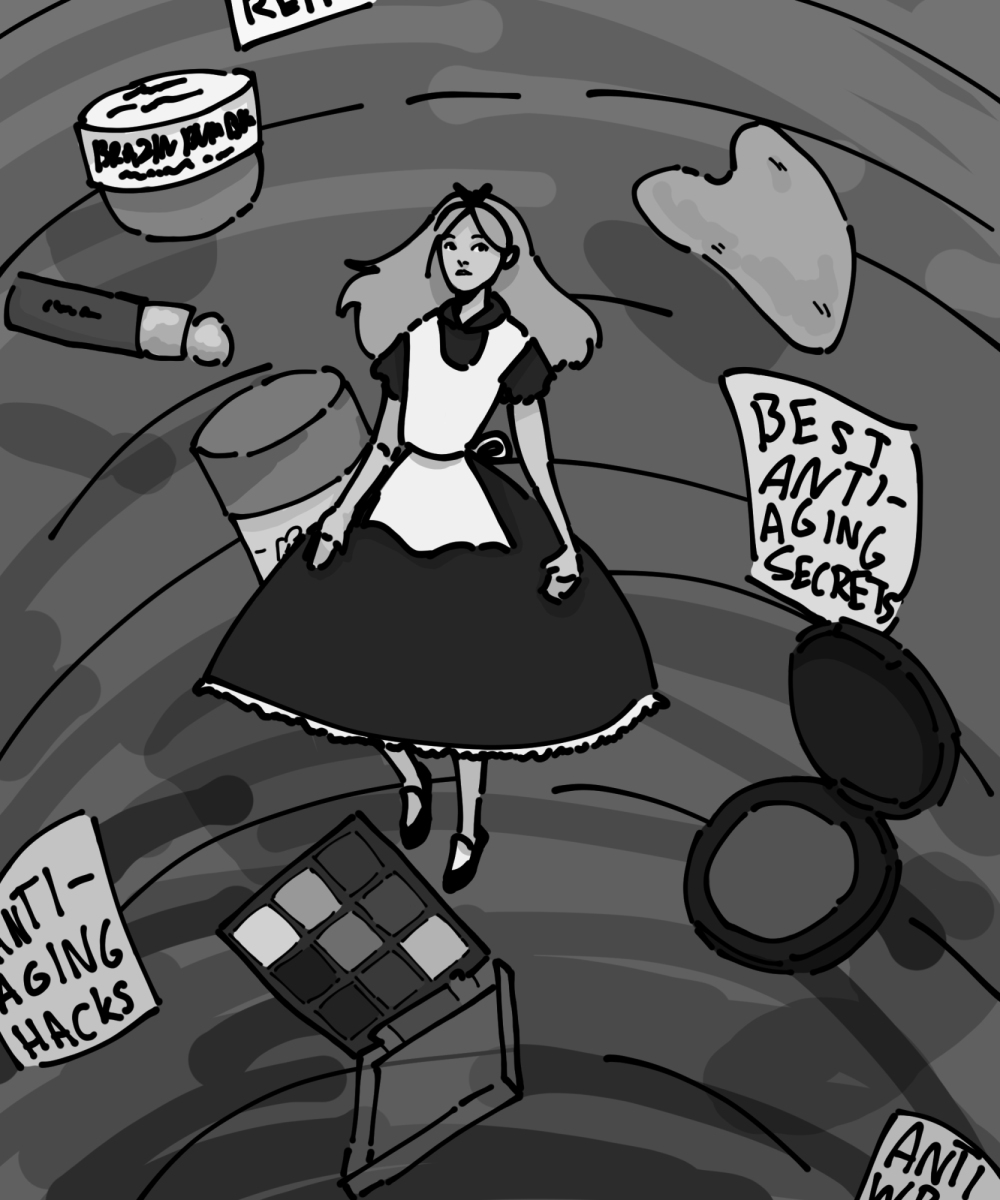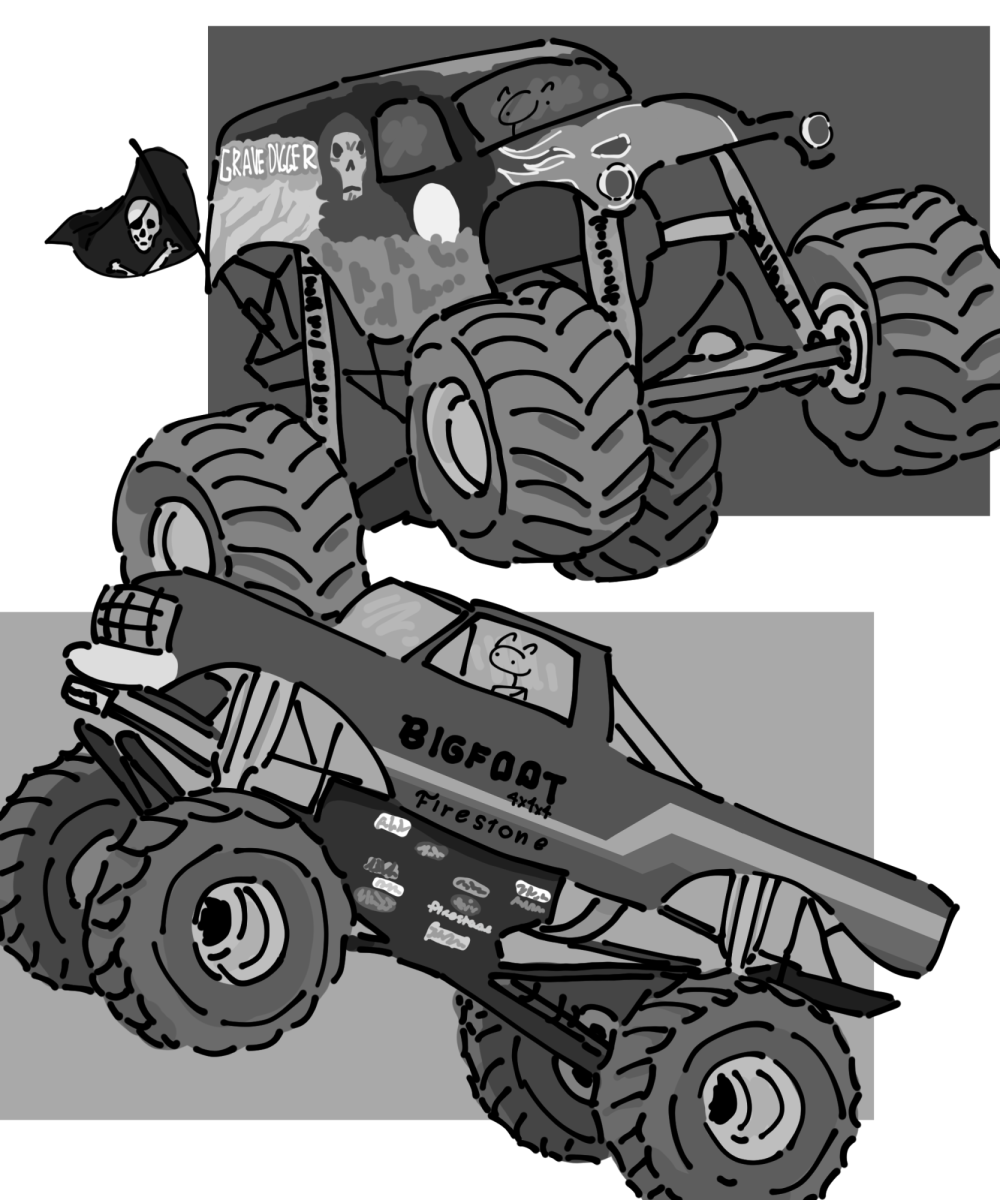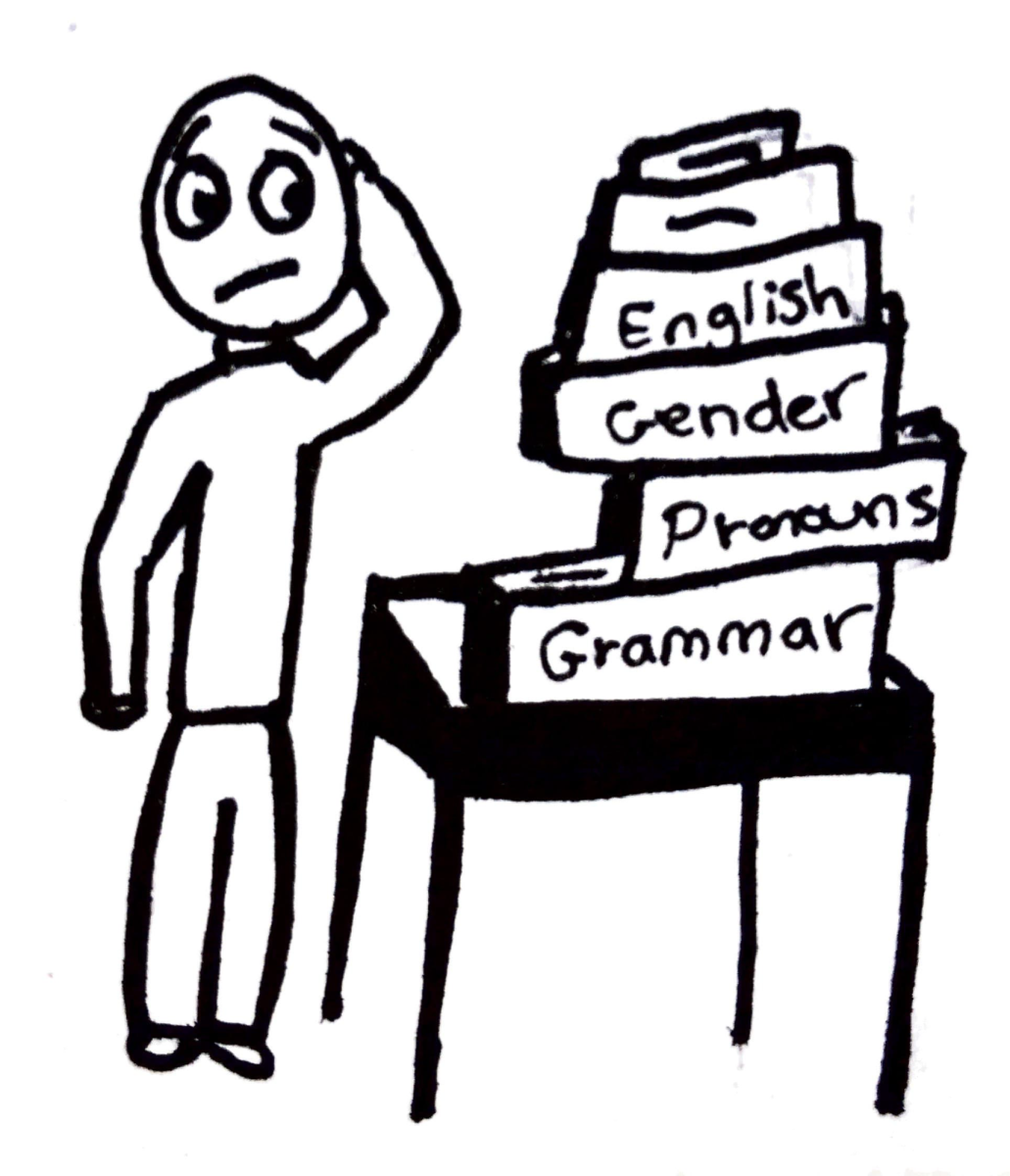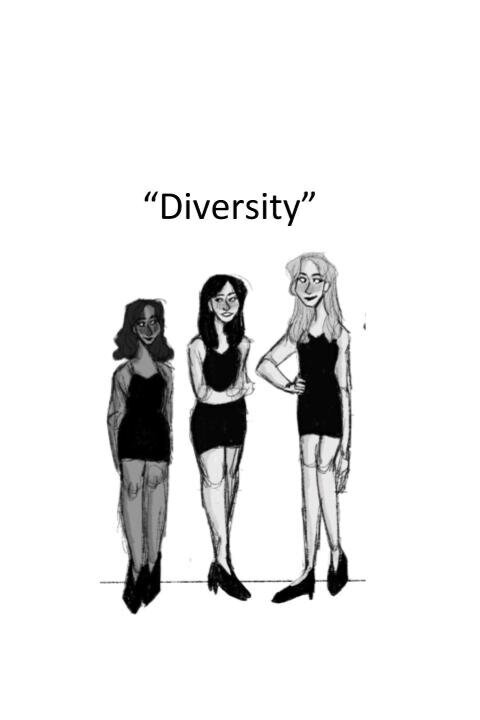Beauty is non-constrictive and non-conforming. Fashion should be the same way.
Everyone deserves representation and acceptance in the fashion industry, why aren’t they getting it?
Tess Petrillo, Staff Reporter
Originally published November 27, 2019
Diversity of models has always been something that the fashion industry has struggled with. In the past decade there has been a significant amount of progress in comparison to that of the 90s and early 2000s, but there’s still improvement needed.
Diversity of physique
Previous decades had popularized the slender, size 0 model that still is prevalent in modeling beauty standards today.
While these models deserve the representation they recieve, this trend has reduced the opportunity for “plus size” models to be featured on the runways.
Designers such as Becca McCharen-Tran, Rihanna and Micheal Kors have incorporated “plus size” models into their shows, demonstrating that it is possible to debut a fashion line flattering on all body types.
In the Spring 2019 New York Fashion Week, McCharen’s brand Chromat featured 13 “plus size” models and the most racial diversity that had ever been seen on the runway.
Rihanna’s brand Savage X Fenty and McCharen’s Chromat both succeed in truly featuring every size and shape in their brands in general. This is particularly rare in a lingerie brand that doesn’t exclusively market to people of a larger size, which both companies do.
Often brands will only feature models of a very large size or very small size and call it diversity, when really this just leaves room for exclusion of the majority of models that are in between.
Model Elianah Sukoenig had a very common experience when attempting to get signed to an agency.
In an interview from an article written by Byrdie journalist Hallie Gould, Sukoenig explains how she was often turned down by agencies because although she was a size 2, she had very noticeable hips. After losing weight in her hips and her body in general, the same agency told her that she would never get signed because she was too big.
After losing a significant amount of weight one summer, Sukoenig became size 0. However, because of her curves she was still put into the “plus size” category. She was signed to a “plus size” specific agency, and because she was so slender she was often given baggier oversized clothing to wear during photo shoots so that she would resemble a larger size.
In both instances Sukoenig was criticized for her body because it could not be labeled. If agencies didn’t specifically scout or exclude models who fit, or don’t fit into a certain category, opportunities could open up for so many more models. Featuring a diversity of body types on the runway is one step in normalizing every body shape as beautiful and flattering.
The basis of the issue is in the categorization of body types in itself. Putting models into separate groups such as “straight size” or “plus size” enforces the ideology that one size or shape is more normal than the other, when really all body types are normal.
A set of measurements should not be a factor when defining someone’s beauty. A person should never be in a position where they want to begin modeling or they just want to feel beautiful, but are unable to because their body shape or size doesn’t fit into a certain category.
Ethnic diversity:
In comparison to five years ago, spring 2019 was a large step towards greater ethnic diversity on the runway. New York Fashion Week (NYFW) featured a casting of 44.8% people of color.
More than half of NYFW’s 11 most booked models were people of color, such as Sudanese Austrailian model Adut Akeh and Chinese-Nigerian model Adesuwa Aighewi.
A fourth of the NYFW’s runways casted over 50% people of color. Pyer Moss designer Kerby Jean-Raymond featured an entirely African-American cast to pair with his collection’s tribute to African-American culture.
However, it has not always been this way, especially for the representation of Asian models. From 2016-2018 the appearance of Asian models were almost nonexistent on the runway, even though they had been the second most represented race in the years 2014 and 2015.
Cases like these are not uncommon, the representation of different ethnicities often fluctuates with the seasons. Whether this is due to the wants of the designers or a possible decrease in model availability is uncertain.
In Miami’s 2018 Swim Week, a group models were turned away because afros and darker complexions did not “fit the look” that designers were going for in their shows.
Former supermodel Tyra Banks speaks about the issue in an article from Ebony Magazine. “My skin is not a trend; your skin is not a trend. We are who we are, so we should not go in and out of fashion.”
Representation of Asian and African models is well needed and well deserved, but Latinx models were rarely featured on the runway.
Although there has been an influx of Latinx designers that emerged for NYFW, Latinx models still remain the most underrepresented on the fashion runways. When Latinx models are casted they tend to be selected based on how much they can “pass” for being a white or racially ambiguous person, so even when they are being represented, they often don’t truly represent the entire Latinx community.
Models who look more “ethnic” tend to not be casted as often for the same reason that the group of models were turned away in Miami; they don’t “fit the look” that designers claim they are going for.
All complexions, hair types and facial features are beautiful. They should be represented on every designer’s runway all throughout the year, not just for certain seasons.
Gender Diversity:
Representation gains acceptance; In a society where people of the transgender community are ignored when they request that people use the pronouns that they prefer, their representation is overwhelmingly necessary.
With the most diverse fashion week runways on record, Spring 2019 NYFW featured 36 transgender women and non-binary models throughout all of the shows. That is 1.55% of all the models that were casted for that week.
Following along with the issue pertaining to ethnic diversity and body diversity, the look of non-binary models that are casted tend to be very uniform. So, the models that are casted fail to represent the community as a whole.
Non-binary models that are casted are primarily tall, white, thin and have an overall adrogynous appearance. However non-binary people, just like cis-gendered people, come in all sizes and complextions so they should be represented as such.
Moreover, people of the non-binary community do not all have an adrogynous appearance. Some appear more masculine while others appear more feminine, both are valid representatives of their community.
In addition to representation, the inclusion of non-binary models also allows for much needed experimentation with androgynous fashion. Not only do people who are non-binary struggle with representation, they struggle with finding clothing that coincides with their identity.
Stanford student Annabel Conger was featured in The Stanford Daily (https://www.stanforddaily.com), explaining how their transition even caused them to struggle with finding clothes they felt comfortable in.
Conger explains how being non-binary, or just not specifically conforming to a male or female gender, makes picking out what to wear more difficult when clothing is most often marketed to specifically men or specifically women.
Conger found themself wearing the same clothes almost everyday because it was the only outfit they felt comfortable it. If androgyny in fashion was more normalized more people could have the ability to express themselves, which provides another way of making them more accepted.
Gender is on a spectrum, fashion should be as well. People already feel forced by society to conform to one specific gender, they should not feel forced to do the same when they are trying to find clothes to wear.
Fashion is supposed to be expressive and abstract, it should not be constrictive to opposite ends of the spectrum. Featuring the ways in which gender fluidity can be expressed will with the understanding of the concept of gender in itself.
Above anything, whether or not a person identifies with the gender they were assigned at birth should not be a justification of their beauty. A model’s gender should not taint their qualifications.
(Additional formation provided by GSA (Gay Straight Alliance) President and Vice President Gavin Eachus and Danny Edwards)
![West Seattle High School’s (WSHS) Chinese program is closing down and teachers in the program are informed to transfer to a different high school. At WSHS, 475 both former and current students have signed a petition to help teacher Ying Yu continue her Chinese program. She shares that initially, the program offered only four classes with 90 students but with her initiatives, the program grew to be full-time with 154 students and 137 students on the waiting list. (Seattle Public Schools Board Meeting YouTube Channel: Seattle Schools Board Meeting May 8, 2024, [58:25])](https://ballardtalisman.org/wp-content/uploads/2024/06/Screenshot-2024-06-14-134038.png)
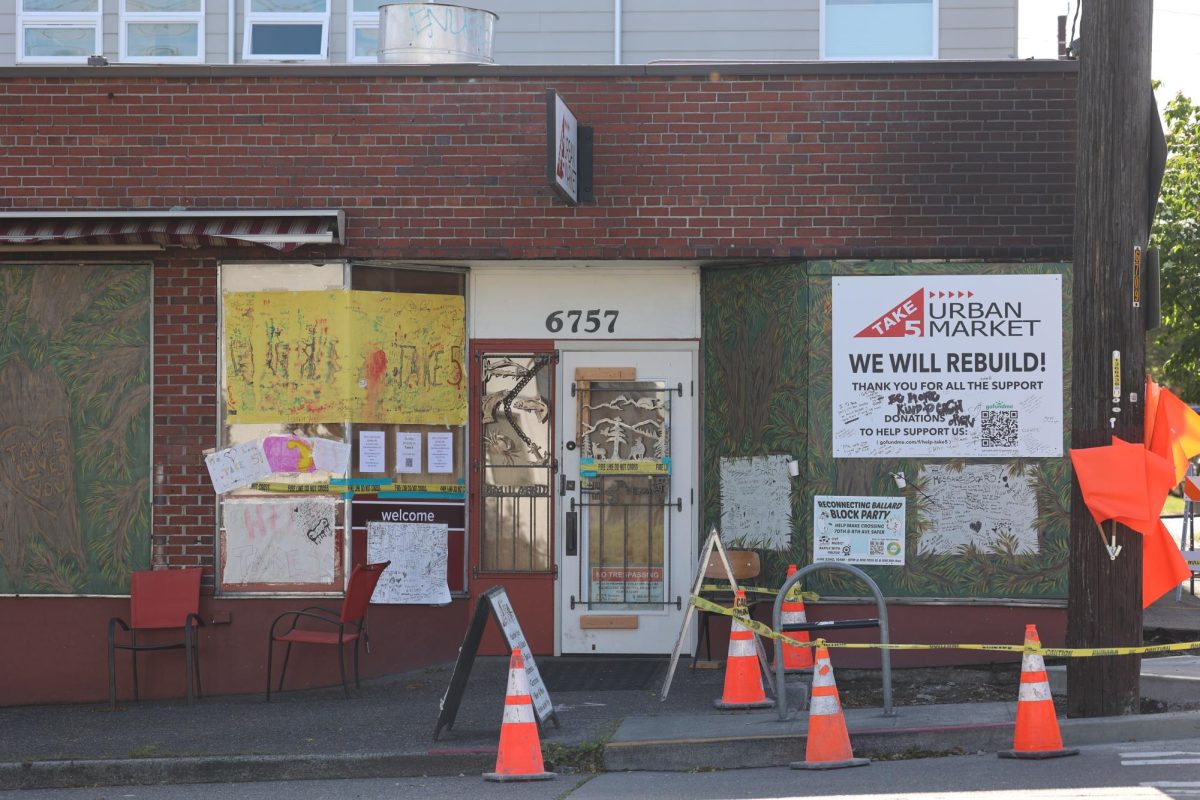

![“Link Crew is meant to be a way for [upperclassmen] to help ninth graders with the transition to high school,” Laura Lehni, language arts teacher, ASB advisor and Link coordinator, said](https://ballardtalisman.org/wp-content/uploads/2024/05/IMG_4601-1200x800.jpg)

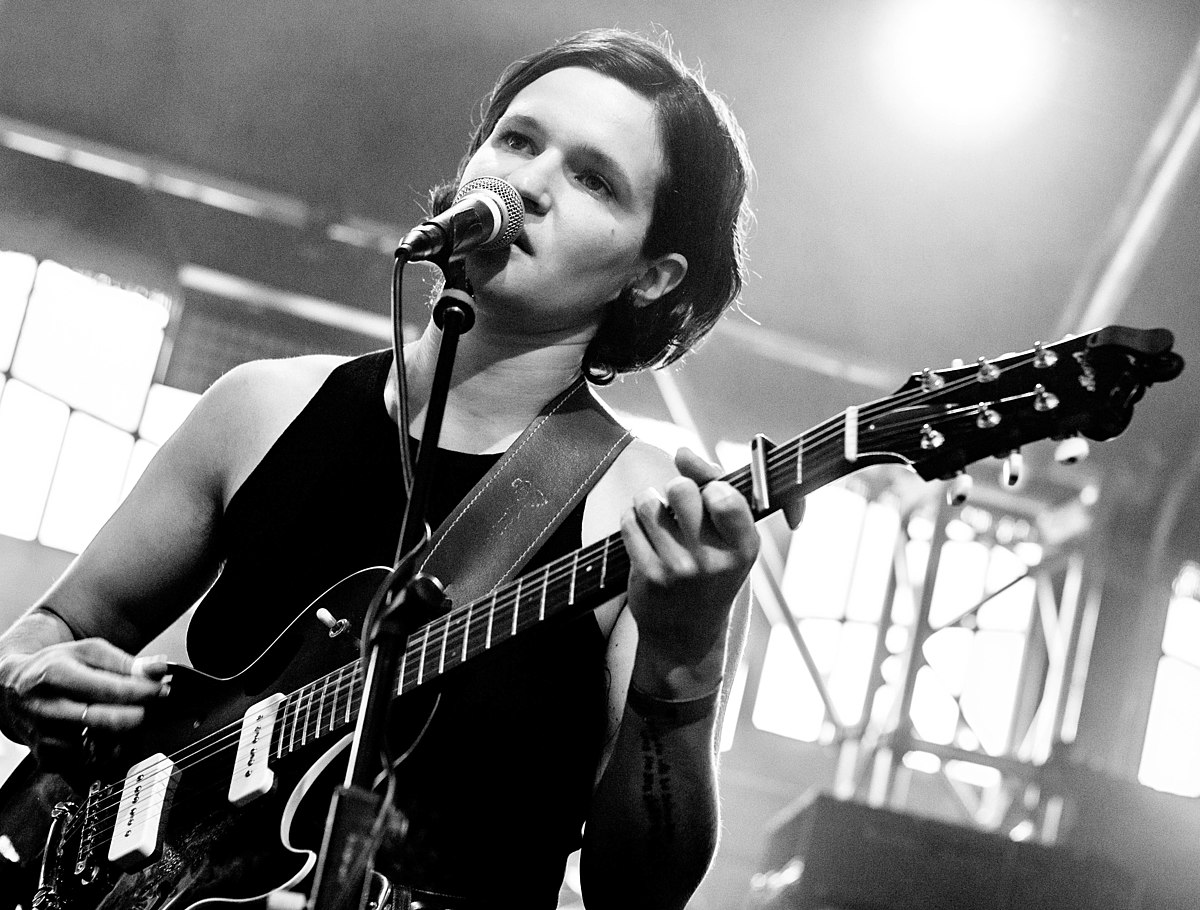

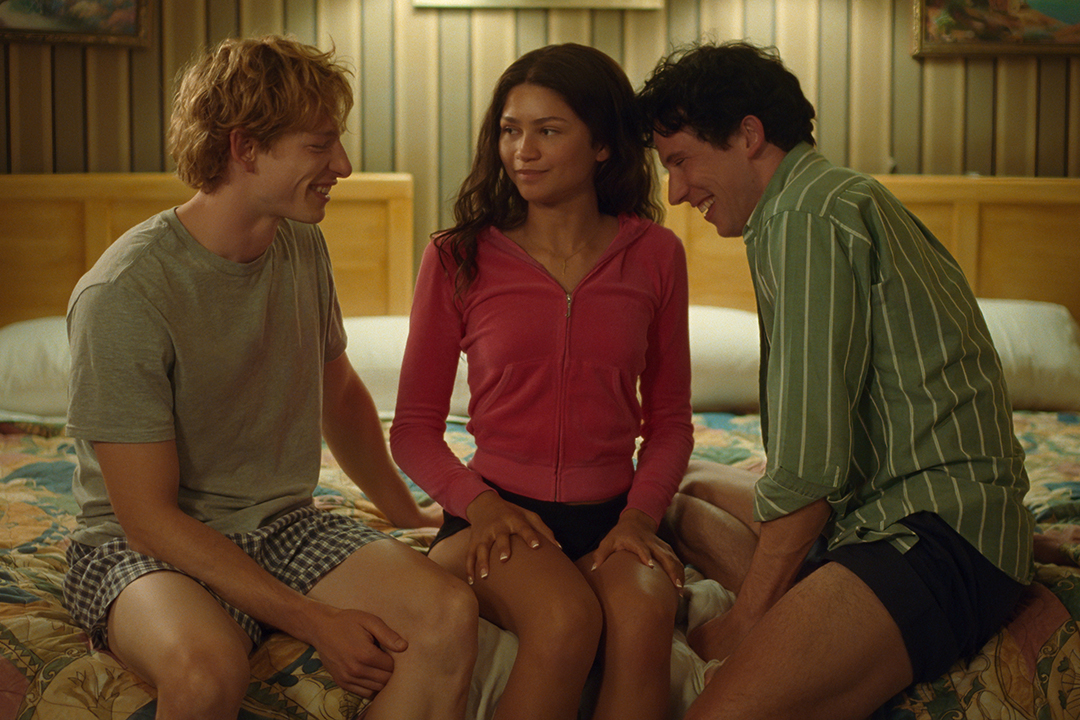


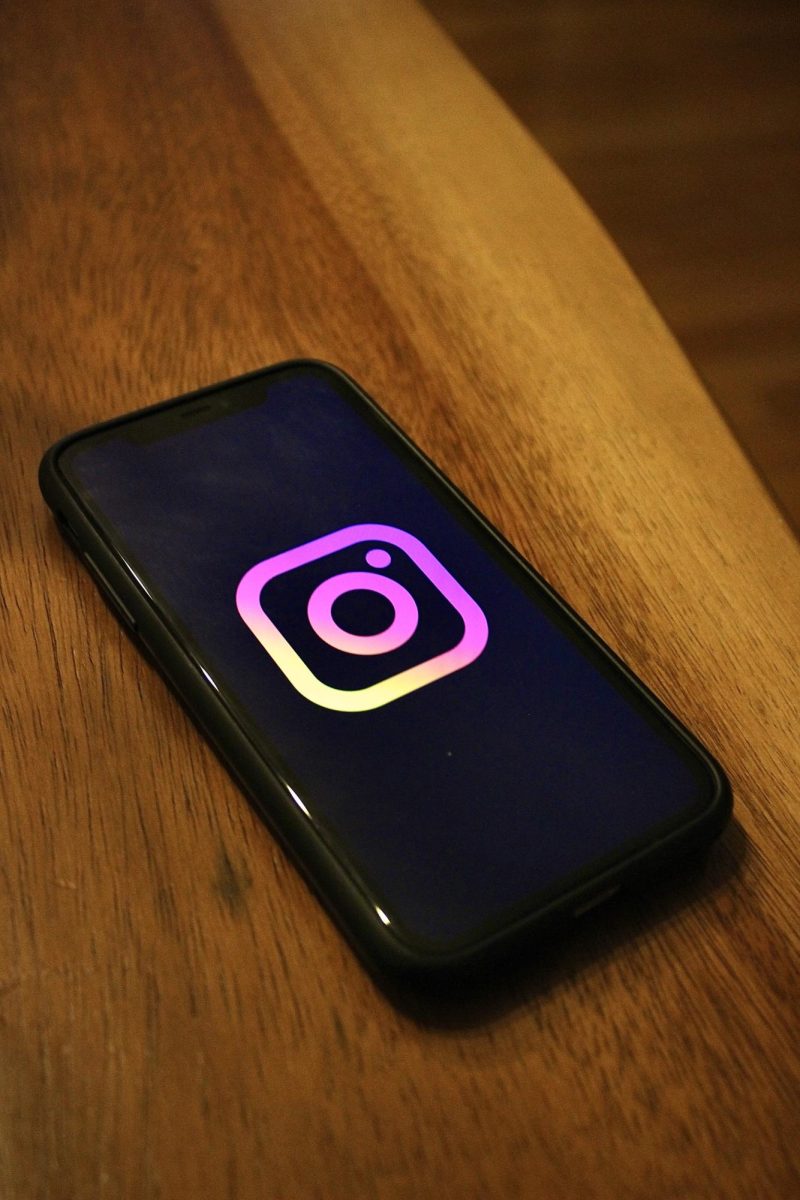
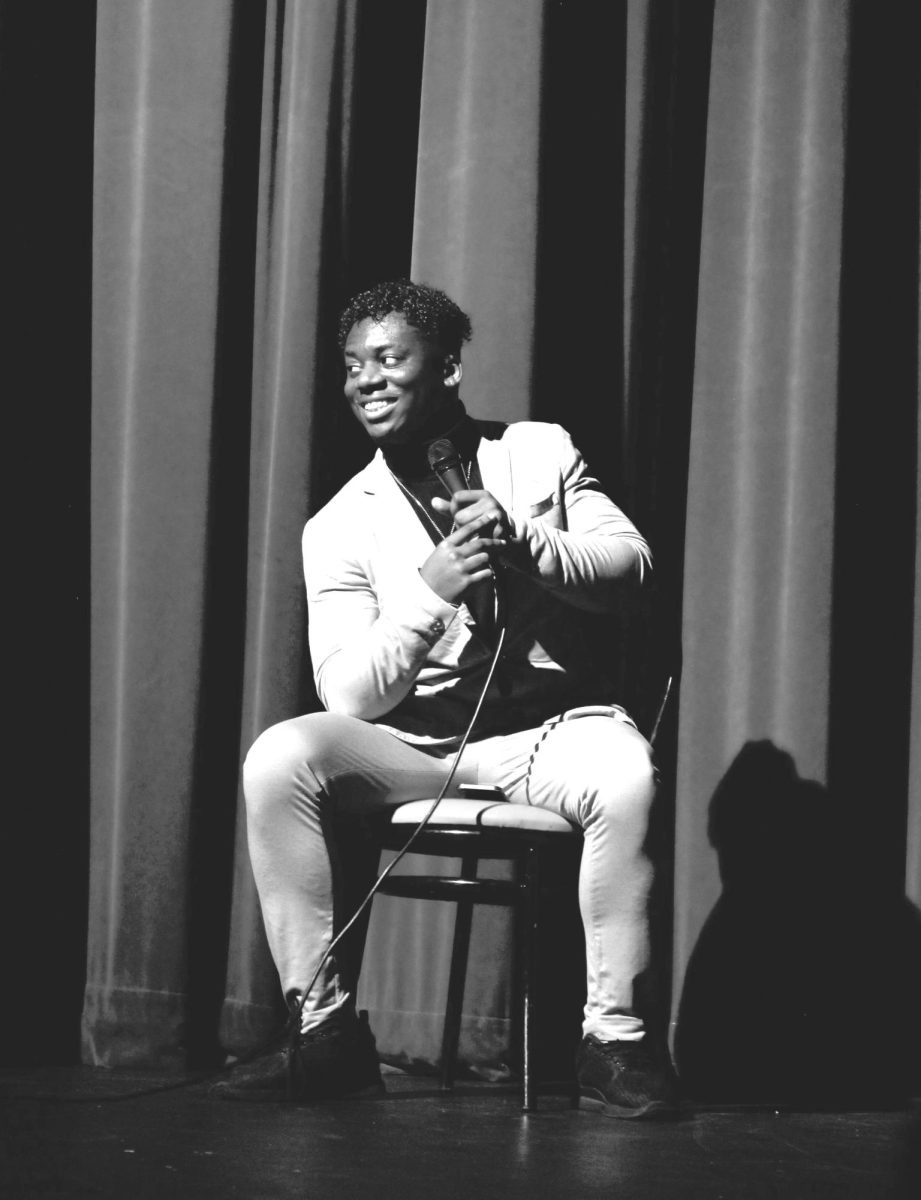


![Henry Willy [pictured left] taking the field with his teammates in a 10-11 loss vs. Saas.](https://ballardtalisman.org/wp-content/uploads/2024/05/IMG_2431.jpg)


